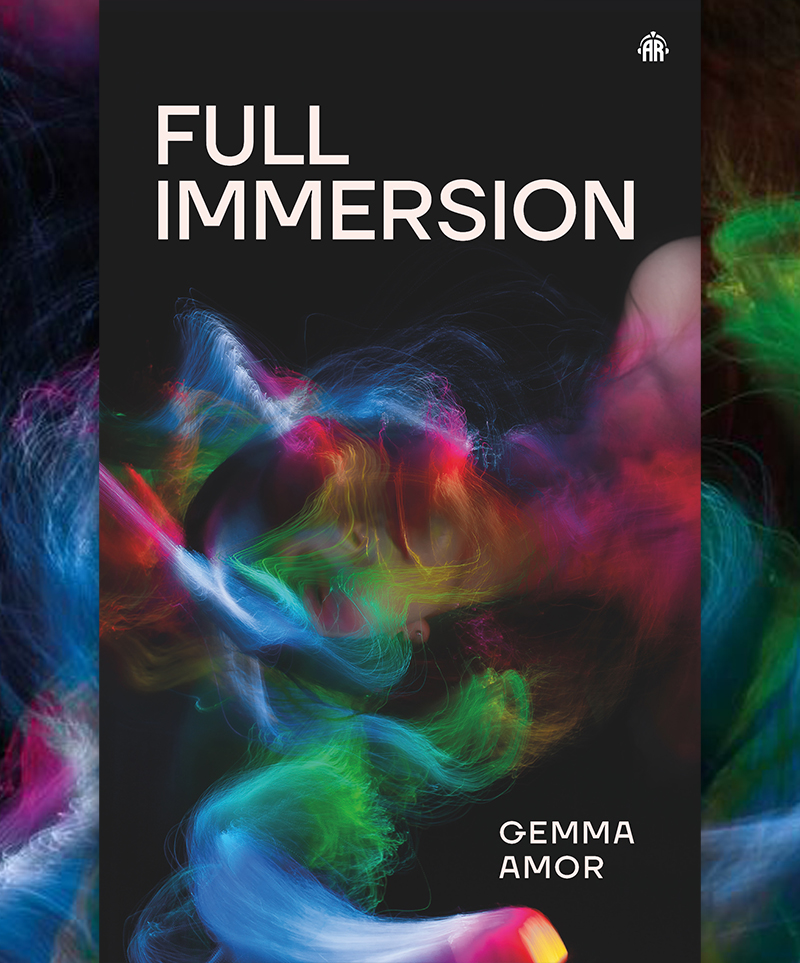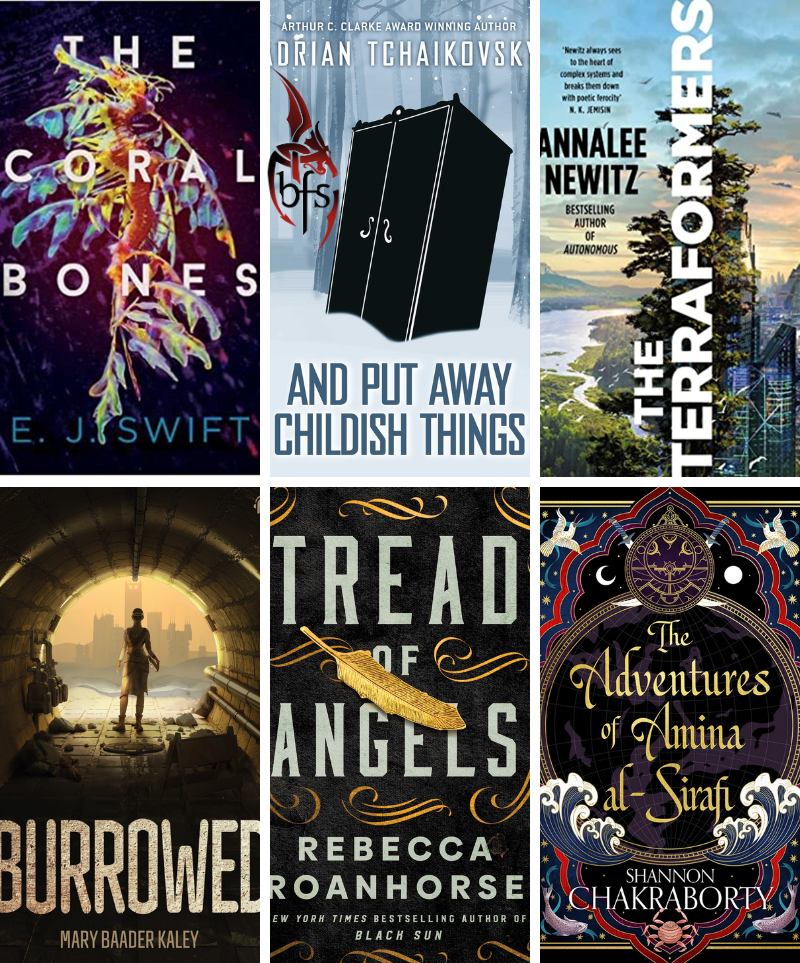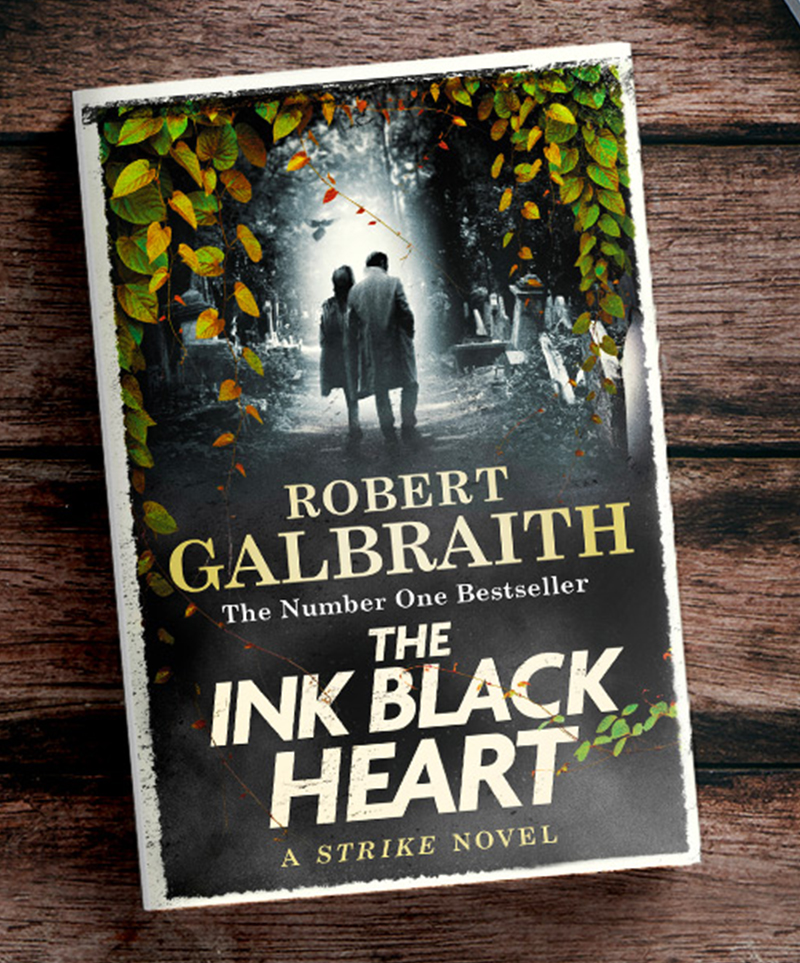Full Immersion by Gemma Amor

One of the motivations for me to read “Full Immersion” by Gemma Amor was the title. Yes, I read the blurb of the book eventually, and I understood that “Full immersion” would likely refer to the protagonist’s experience – the technological innovations and experimental treatment she gets. And yet, what I was looking for, as a reader and even more as a writer myself, was my own full immersion. Spoiler – I did get it!
Writing can be very different – there are genres, styles and all those authors’ voices. There is entertaining literature and deeply philosophical stories and all the other shades. However, I believe that any story should create the full immersion for you, to be a sort of VR in words. Maybe, that is my approach to writing speaking, but I was definitely not disappointed in this respect with Gemma Amor’s book.
We start our acquaintance with Magpie with a very desperate letter, in which she is calling for help. She is applying for a grant for some newest treatment, and we see that she is barely holding on. The next moment we meet Magpie walking along the Bristol promenade. She does not remember things properly – there are just familiar sensation. At one point she stops as she sees something in the low tide. She goes down only to fish her own dead body from the river. There is a mysterious stranger who offers her help and takes her to a room full of artefacts. Each of them is a part of her past. In the meantime, a team in the laboratory is running the experiment, but the treatment is not going according to the scheme. Magpie is gradually taking over her full immersion experience.
The leading part of the narrative is given from Magpie’s perspective and is written in the first person POV, present tense. There are switches to the third person POV present tense when we see what is happening around her in the university basement and outside in the city. First person POV is often called the cinematic narrative, because we follow the character as the action unfolds, as if we were holding a camera. A lot of YA authors choose this form (think of “Divergent” or “Hunger Games”), because they want the younger reader to get into the skin of the protagonist. It can also be a trap, because if the character is not written well, readers are stuck in the heads of whining, limited, uninteresting people (that was my experience with the third part of “Shadow and Bone” series) – and it tires. It is definitely not the case of Gemma Amor’s “Full Immersion”. In this novel, the first person present tense is justified by the title itself. Full immersion is Magpie’s treatment that includes unweaving the past and facing the truth.
Magpie is suffering from a prolonged postnatal depression and suicidal ideation. The theme is far from light, but throughout reading the book I did not feel aversion or the inner monologue being too much for me. As a person who fought depression and went through a grieving process, not only I related to it, but felt I was learning more about this state and how you can get out of it. As Gemma Amor explains in the foreword, she based this novel on her personal experience. Merging the facts from true reality with SF horror elements, she creates believability, credibility and ground for the reader. At the same time, the horror elements “exaggerate” the problem and bring it to the level when the consequences are felt by the whole city. I don’t think that the literary novel form would be able to give the theme the right scope – it would present the predicament as a problem of one person, or a small group of people. In “Full Immersion” it is a loud shout for everyone to here.
The second reason why the first-person narrative works so well is the depth of the dive. The author has recreated the atmosphere of total immersion (which I was craving so much), and lets the reader feel and experience whatever happens. I would even go as far as saying that “Full Immersion” creates a sort of metatext, when what happens to the protagonist (she is immersed in a special virtual reality as part of her therapy) also happens to the reader (for the book serves as virtual reality for us). And, to be honest, the first person present tense is not the main tool here. It gives us the immediacy, the full immersion requires, but it would be nothing without the other details. As a horror writer, Gemma Amor is good at choosing the details which would create the atmosphere. The descriptions are always a mixture of visual and audial components, smells, textures and tastes.
Consider this:
“She is naked [visual + can imply texture], and streaming foul, noxious [smell] plumes of slime [texture], but the further and faster [speed of walking adds quality to the visual component as the scenery is changing faster, perhaps acquiring a bit of a blurred quality] she walks, the more of it she sheds, until she is clean [visual + implying texture], and safe [emotions], and the pair run, then.”
Or:
“The boat was more of a yacht really, a sixty-foot vessel of polished wood [texture, smell] and chrome [colour, texture, temperature] with a glossy white gelcoat [colour, texture]. We opened the door directly onto the boat’s deck, which was a thing of sheer craftmanship and beauty [appearance]. On the deck, which gleamed under a bright blue sky [colour, brightness; emotions implied] and a powerfully warm sun [temperature, touch], a large cobalt and white striped towel [visual] was laid out, with a stack of cushions [texture; touch implied] at one end, a jug of fresh lemonade [taste; thirst, yearning implied/created] and a pile of books sitting neatly [visual; smell and texture implied] at the other.”
Someone may say, it is too much. I believe it is just the right atmosphere.
I could probably be talking about “Full Immersion” more, but I suggest you just go and immerse yourself in it. I am definitely going to reread it one day. After all, it is gripping and holding you in tension most of the time; it is deeply felt; it is full of significance; it is heart-breaking and utterly humane.

Written by inklore
More reviews:
Scattered: The Making and Unmaking of a Refugee by Aamna Mohdin
We choose what makes us, what defines us. But it is never an easy selection. Not when the transitions we make in life are painful or marred. What does it mean to define yourself as a refugee? A Somali? How do you untangle a web of multiple belongings and difficult pasts? In this profound, personal and illuminating story, Aamna Mohdin talks about her own journey, her country and its scattered pieces that were shot across the globe by the war and crisis.
We by Yevgeny Zamyatin
Utopias are believed to be boring, but you definitely can’t say it about this novel.
More reviews & British Fantasy Society
Fancy to read more of my reviews? Find more about me reviewing for the British Fantasy Society.
The Ink Black Heart by Robert Galbraith
Over 1000 pages makes a long detective story, but Galbraith’s series moved into that direction, starting with the fourth book, which crossed the 700-page threshold. However, despite being very detailed, the narrative manages to keep the reader invested into the story.




0 Comments